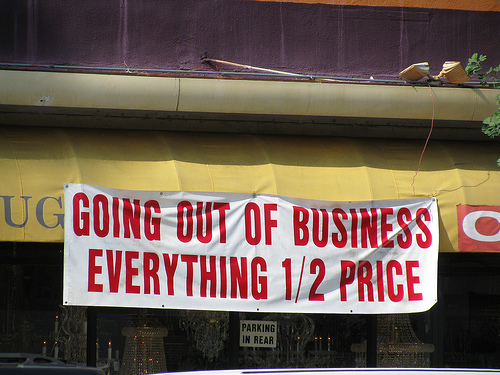No one can say that the credit card industry isn’t resourceful. The Credit Card Accountability Responsibility and Disclosure Act, which was enacted in 2009, was meant to reshape consumer finance. The new legislation stipulates that card issuers must give customers more notice about interest-rate increases. It also restricts problematic billing practices, such as inactivity fees.
While some of these fees and practices may have been abolished, the credit card companies are quickly clamoring to establish new fees to replace the old ones and are seeking out any loophole they can fit themselves through.
And there is little wonder why…The Card Act is expected to wipe out some $390 million a year in fee revenue, according to David Robertson, the publisher of industry newsletter Nilson Report, and in July the Bank of America reported that it is expecting to write off up to $10 billion in the third quarter as a direct result of the new legislation.
The signs of the credit industry’s response ar popping up everywhere. Since the Card Act began to take effect, between July 2009 and March 2010, the industry’s median annual fee on bank credit cards leaped by 18% to $59. Annual fees at credit unions soared by a whopping 67% to $25. The median cash-advance and balance-transfer fees also rose by 33% during that time.
In some cases, banks are deftly circumventing the law by creating new products, called “professional cards” that are not covered by the Card Act.
In another example, the new legislation stipulates that late-payment fees can not be accrued on a Sunday or holiday due to the lack of mail delivery. Some creditors, however, claim that the clause does not apply to them since they accept payments seven days a week.
Finally, some banks have resorted to shortening the credit cycle, which according to the Card Act must be at least 21 days from the time that the statement was mailed and the payment comes due. Borrowers across the United States have registered complaints that their billing cycles have shrunk to less than the 21 day period.
What more lies in store for consumer credit card holders…only time will tell.





























